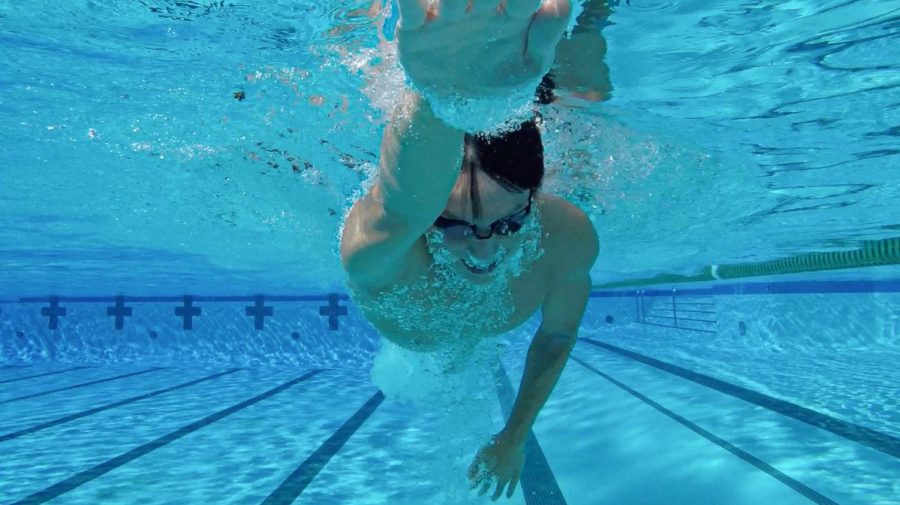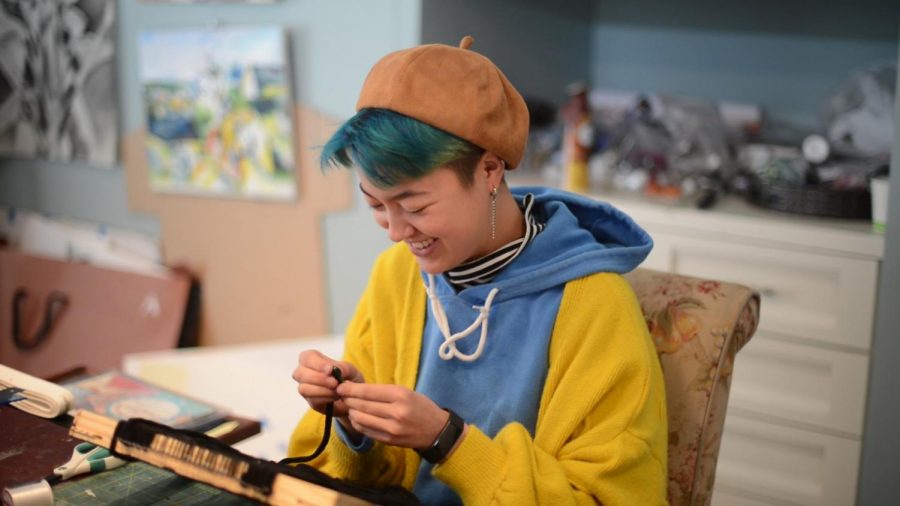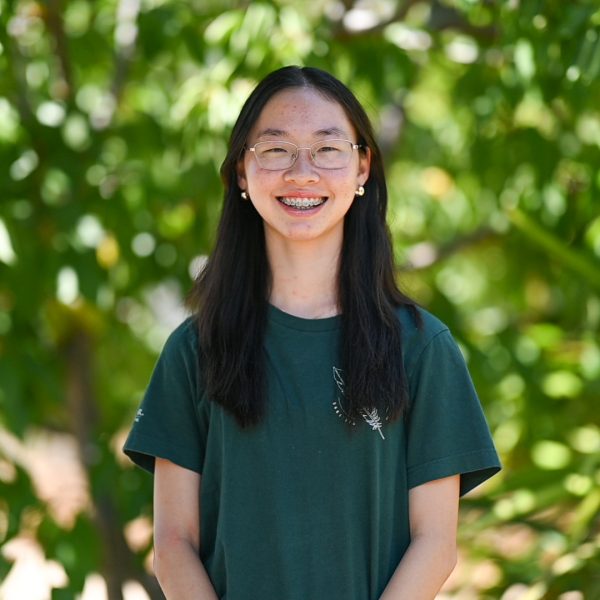
Streaks of ash swathe a ghostly silhouette in gray and black, alluding to the heinous atrocities of war and destruction. The ominous figure holds up a delicately-folded paper bird, their shadowed sockets staring directly at the viewer. But one single blink, and the ash turns out to be dust from charcoal, the mysterious figure trapped within thick paper. It is simply a drawing, a work of art that manages to capture conflict and devastation using only black and white. For senior Sophia Liu, art is not just a way to express her thoughts, but how she chooses to view the world and human interactions.
Sophia was introduced to art at six years old, when her mother signed her up for an art class in China. She began with more traditional art forms, such as charcoal and graphite, but she later moved to a new art studio which acquainted her with more experimental styles, such as sculpture and found object art. Now, she uses many different mediums, from oil paint to charcoal, to creatively express her ideas, even using her iPad to draft thumbnails for her artwork. Close friend since ninth grade senior Kashish Priyam applauded Sophia’s dedication to her artwork and academics, while still making time to cultivate her relationships.
“Sophia is a really great motivator and an inspiration, because she’s organized and she knows what she’s going to do for everything,” Kashish said. “But she also is able to balance that with her friendships and her other relationships, and that’s something that has been really inspiring to me because Sophia’s able to do everything.”
When creating art, Sophia can let go of all the expectations of others and simply focus on what she is constructing. However, after she has finished her piece, she arranges and displays her artwork in a way that she hopes can spawn discussion.
“Art is very introspective,” Sophia said. “The process itself is very intimate, it’s very raw. But once you finish the piece, you have to consider the way that other people will view it, because every single person has a different dialogue with the piece that you make because they have different backgrounds, different cultures, different experiences. When I display pieces, I want to present the piece in a way that invites dialogue.”
In addition to using physical mediums, Sophia also dabbles in photography. She often takes her camera with her when going on trips to places like rural China and India. Through photography, she showcases the lesser-known parts of life in those countries, highlighting the gaps in people’s perception.
“When I take candids, I get windows into other people’s lives for a split second, even though my own background is so different,” Sophia said. “I saw this lady washing laundry in Beijing. When we think of Beijing, it’s this giant metropolis, but in the corners of a country known for its progression and wealth, there are people whose lives we don’t hear about in the media or in art.”
Along with her artwork, Sophia also participates in economics research, joining the staff of Equilibrium, Harker’s student-run economics magazine, in junior year. Now, as an editor-in-chief of the publication, she hopes to introduce complex economics ideas to a wider audience and to share her enthusiasm for the subject with others.
“The reason why I love student publications is because some economics concepts are so abstract, but so interesting,” Sophia said. “It’s important that we can demystify these concepts for the larger student body and bring this knowledge to people who might not be at first interested in economics, but who can learn more through these publications.”
As part of her economics research about youth cognitive delay, Sophia travels to rural areas of China. She mainly stages interventions with other researchers and teaches parents how to healthily interact with and mentally stimulate their children, as well as explaining to them the science and statistics. Through these activities, Sophia hopes to be able to grasp larger economic ideas as well as help others in their understanding.
“Economics is asking a question, then finding specific empirical evidence to back up a claim or answer that question,” Sophia said. “Slowly, you start to see how these very, very tiny factors such as giving a mother a toy or teaching her how to read to her child every single day, can impact these giant intangible concepts, like the entire labor force, or GDP growth. It gives you a foothold to start grasping it.”
Sophia’s drive to help others understand concepts that interest her also extends to her academic environment. Math teacher Bradley Stoll recalls her often participating in discussions to assist fellow students. Outside of the classroom, he also recognizes the depth in which Sophia helps people all around the world through her research in China.
“I admire her passion to want to help others,” Stoll said. “Sophia always has ideas, like when she was telling me about China and what the conditions were like there. She sees what she has and then looks at what other people have and wants to make the world a better place.”
Within her interpersonal relationships, Sophia is often seen as the person to go to for advice and assistance. Close friend and younger sister frosh Teresa Song fondly describes Sophia’s calm, reliable and confident presence in her life.
“She’s the kind of person that you would go to for advice,” Teresa said. “Even if she’s not sure that her advice is the right thing, she’s still very confident about it and a lot of the times I go through with it and am glad that I did. I wouldn’t know who I would be without her because she’s shaped who I am and I have someone to depend on.”
Throughout all of her activities, Sophia maintains the objective of creating discussion and contemplation. In art, something as simple as a single brush stroke can evoke conversation and showcase complicated topics. In economics, straightforward data and statistics can represent larger forces like GDP and labor growth. For Sophia, the essential aspect of both of these activities is being able to view the world through unique frameworks, guiding her understanding of complex concepts and of human interaction.
“Art is the rawest, deepest form of introspection, but it’s also a way to invoke reflection in other people,” Sophia said. “Through art, I can see how people interact with each other, the world and these abstract systems. Similarly, economics looks at very foundational issues, questions on how human networks interact with each other and shape individual lives. Both of these subjects form so many frameworks on how to view the world.”

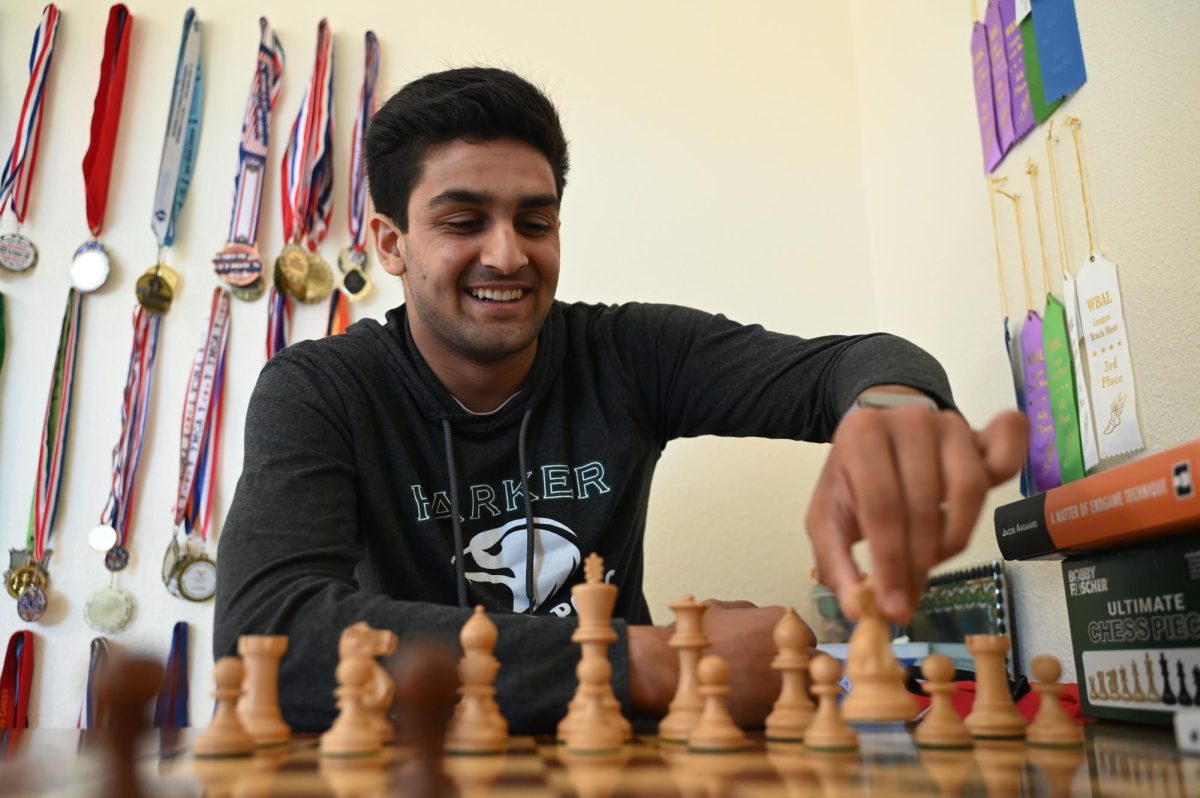
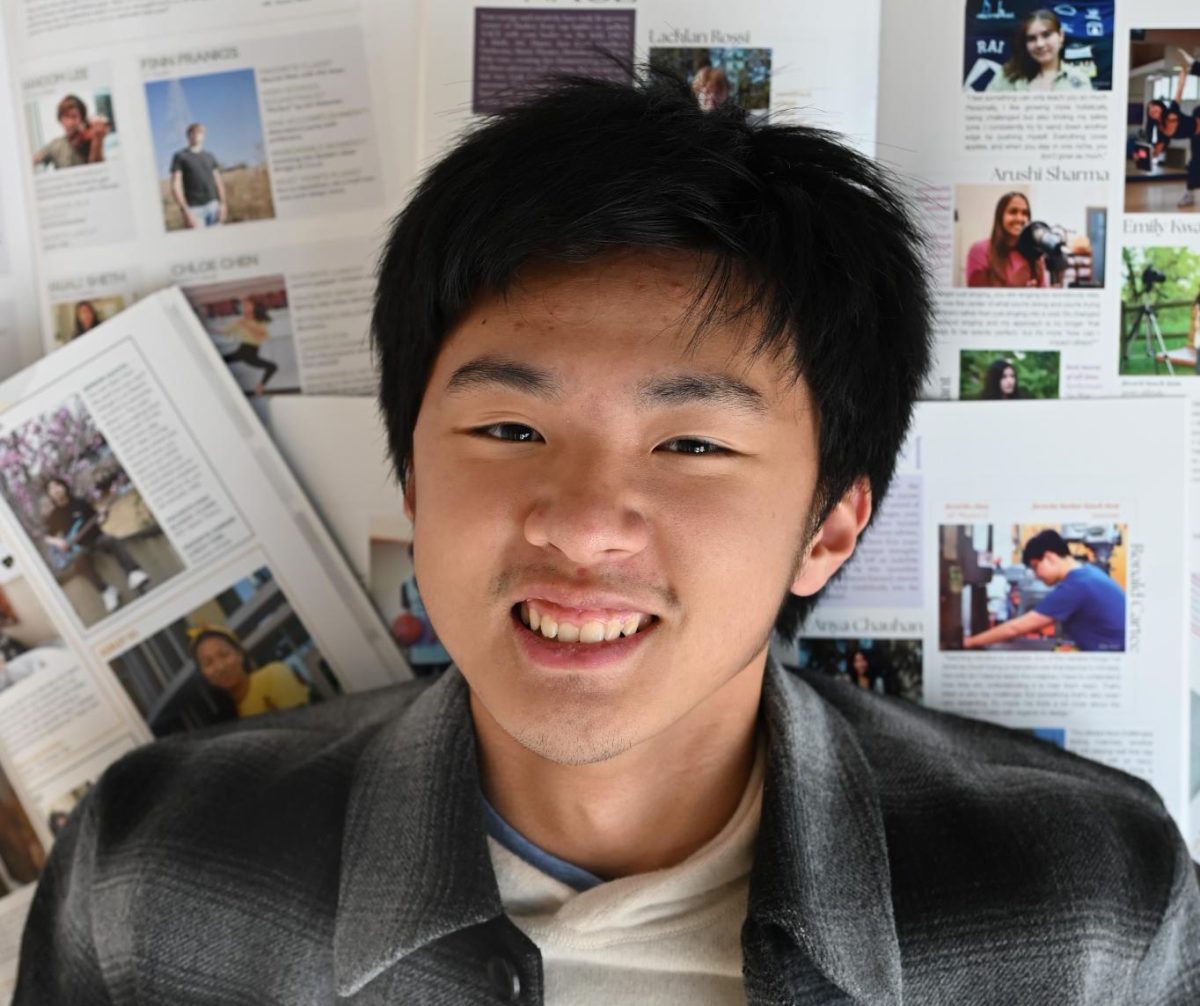
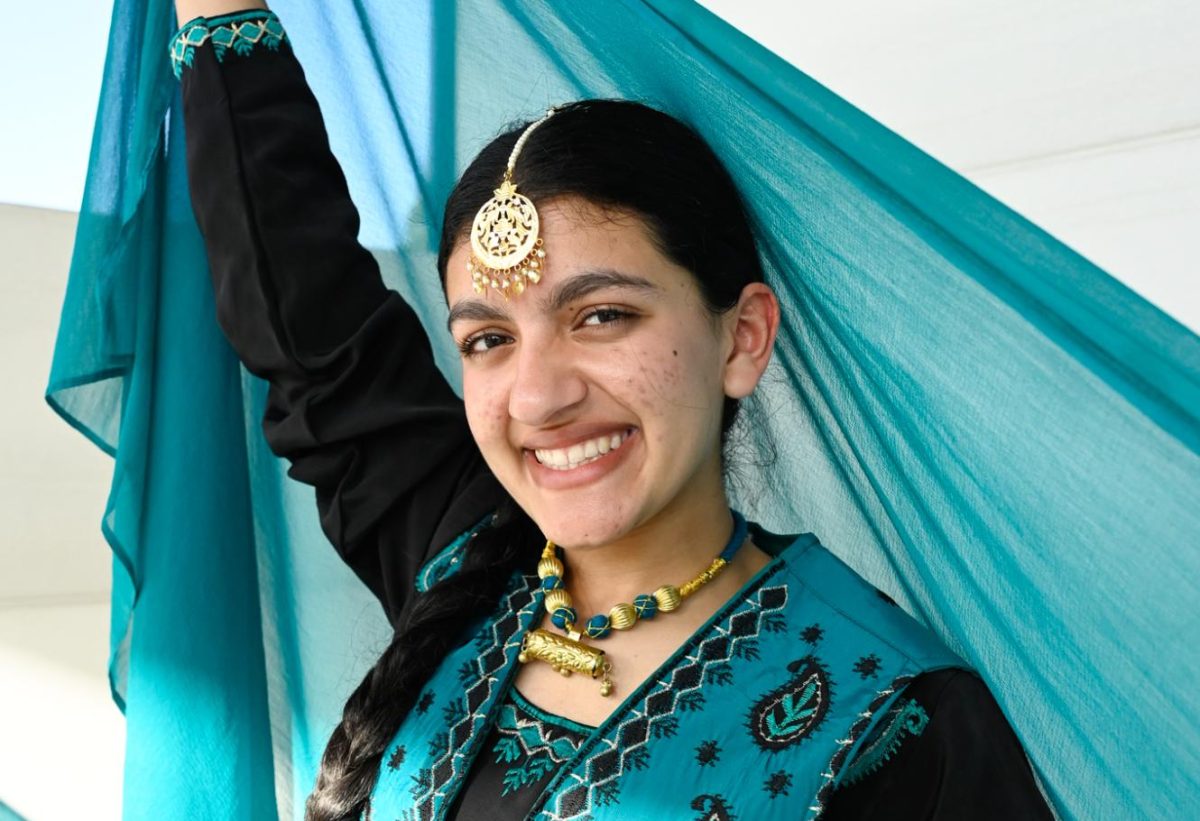
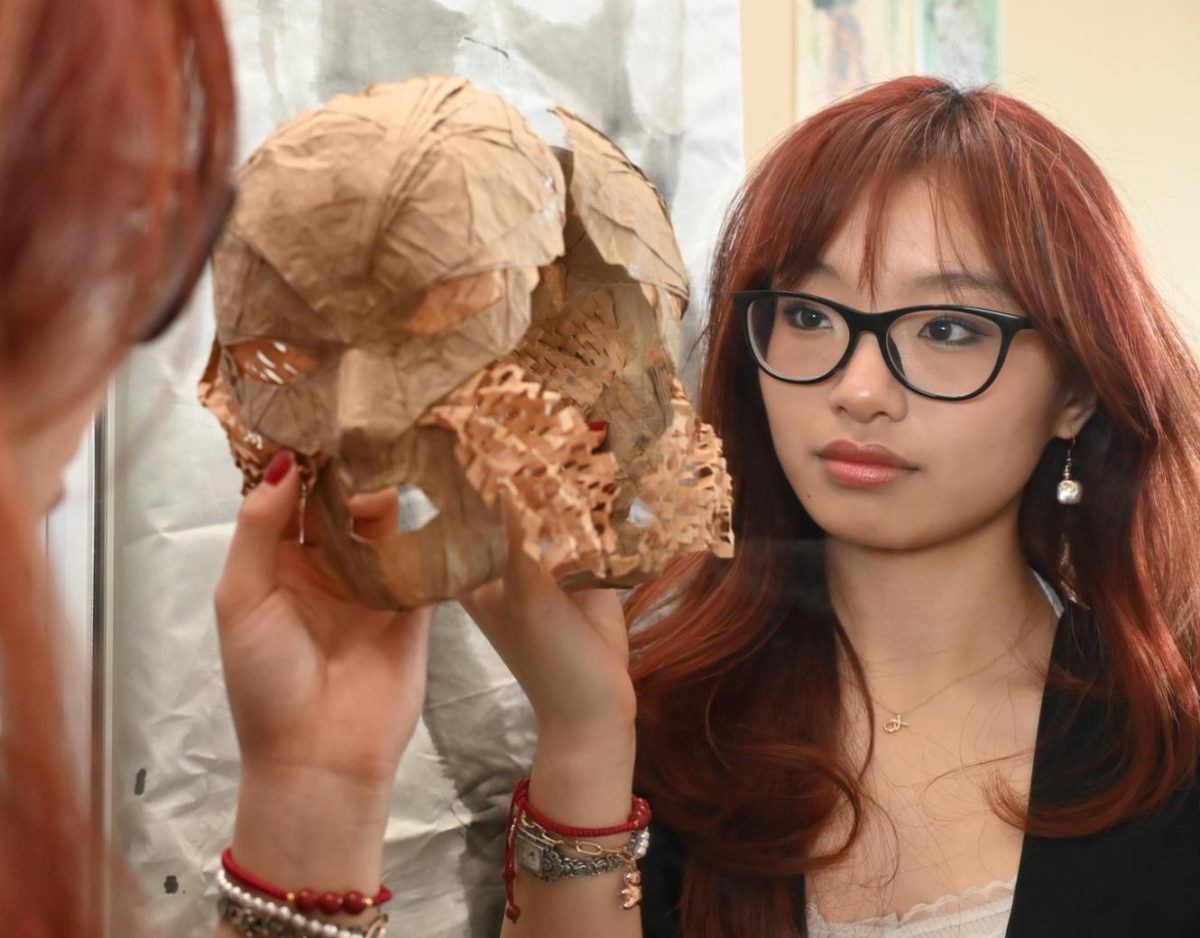
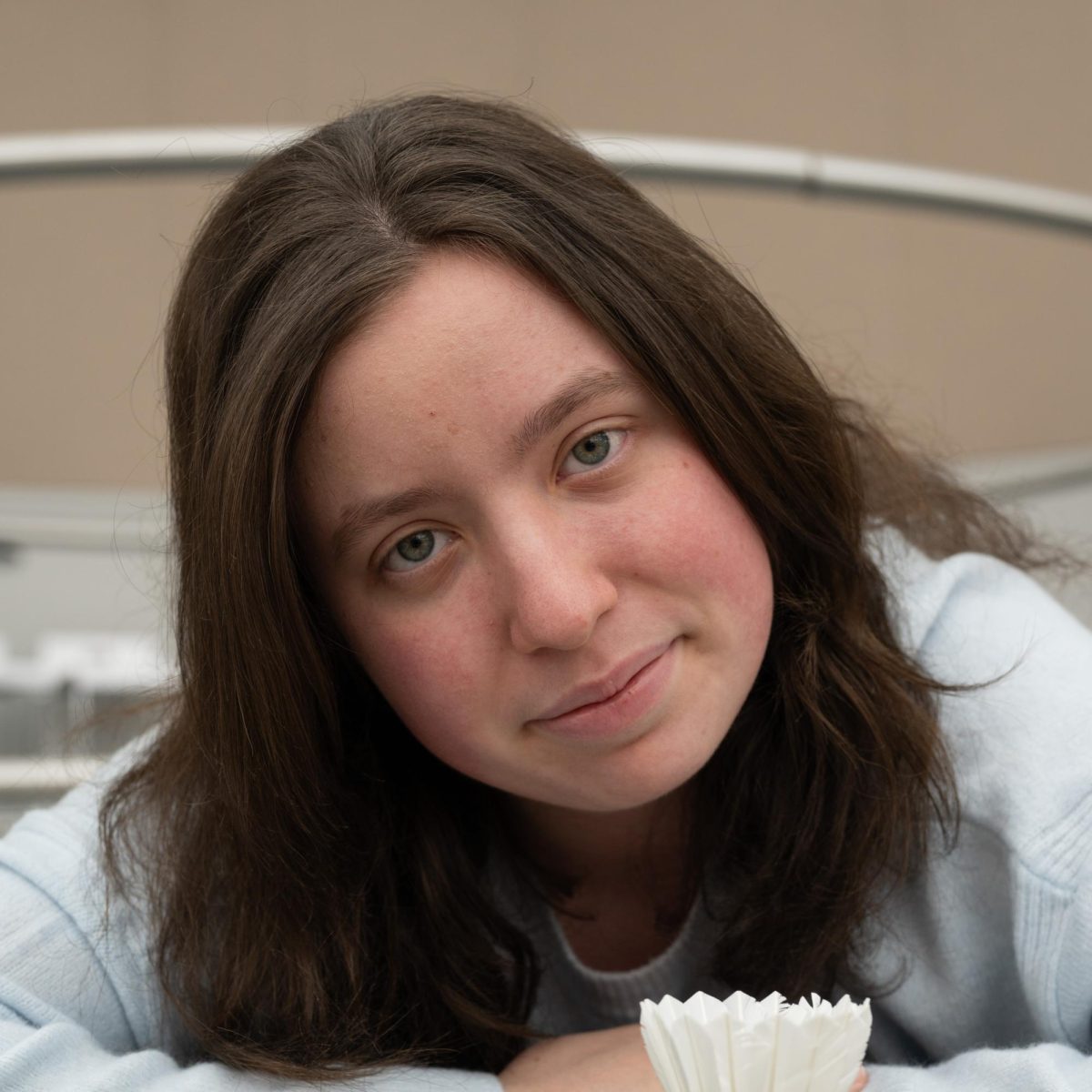
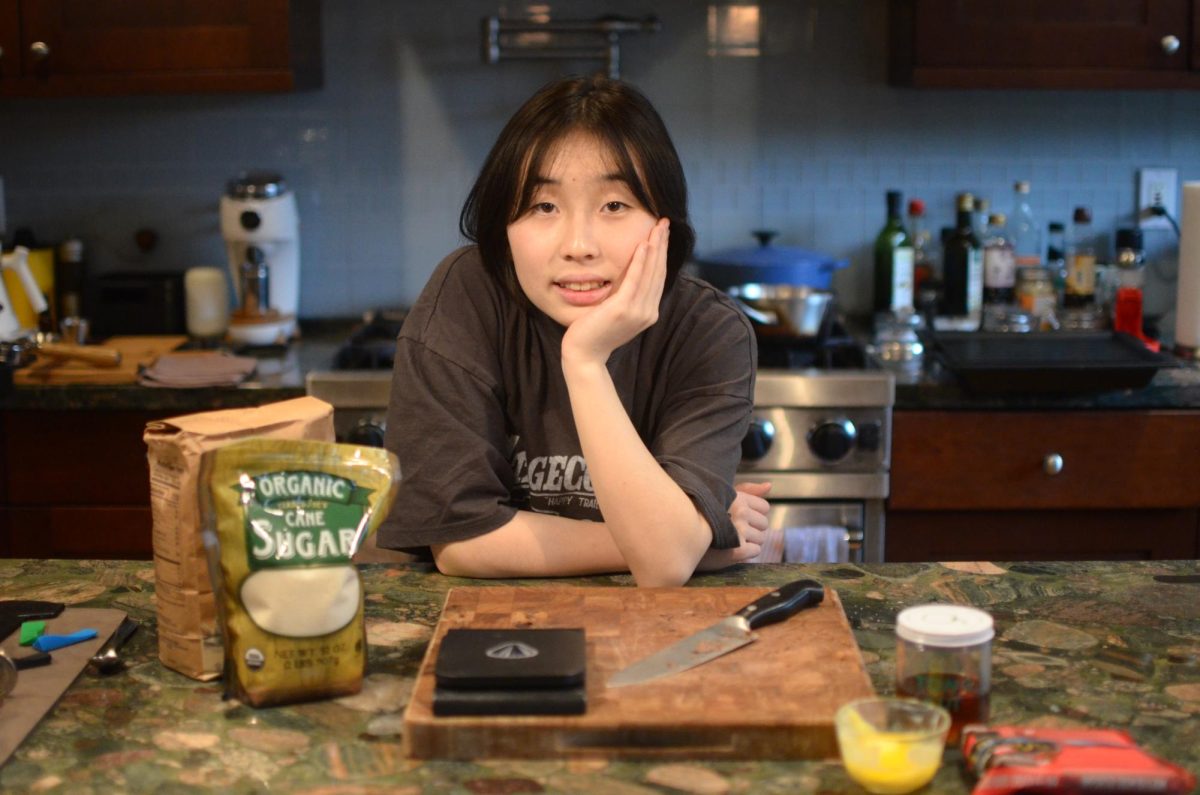
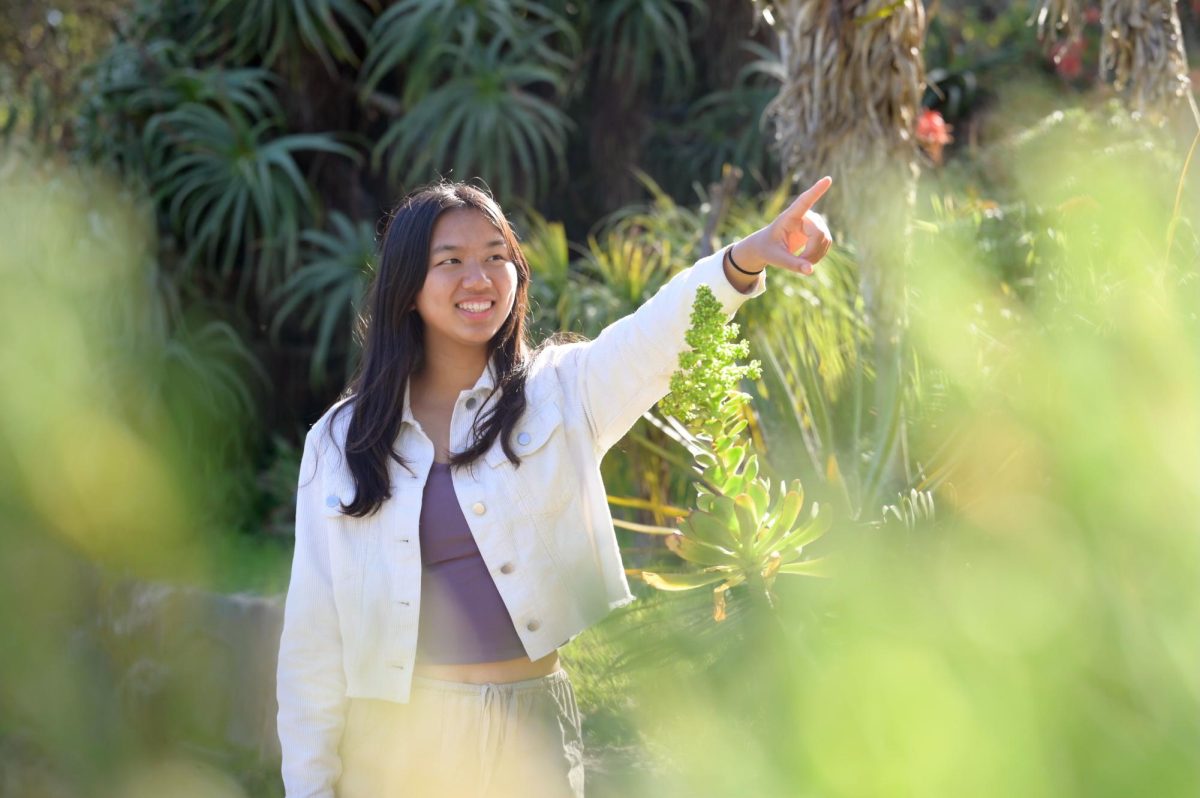


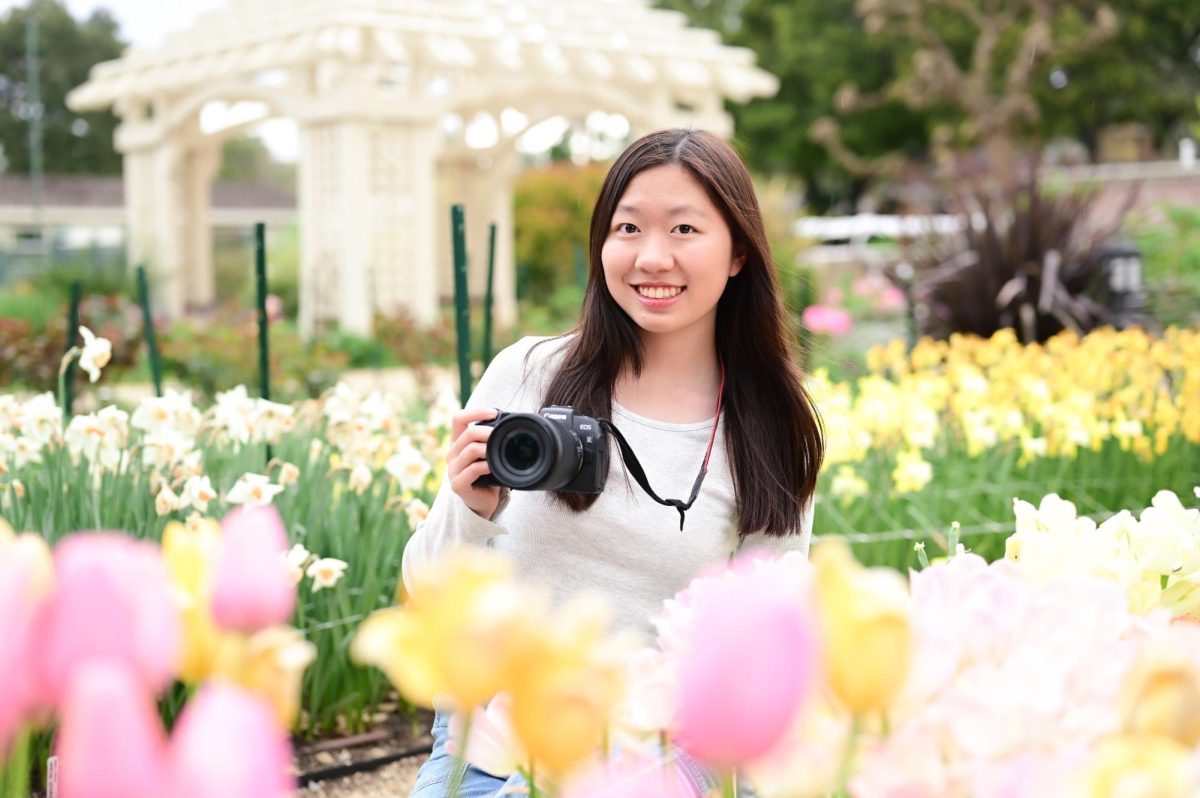
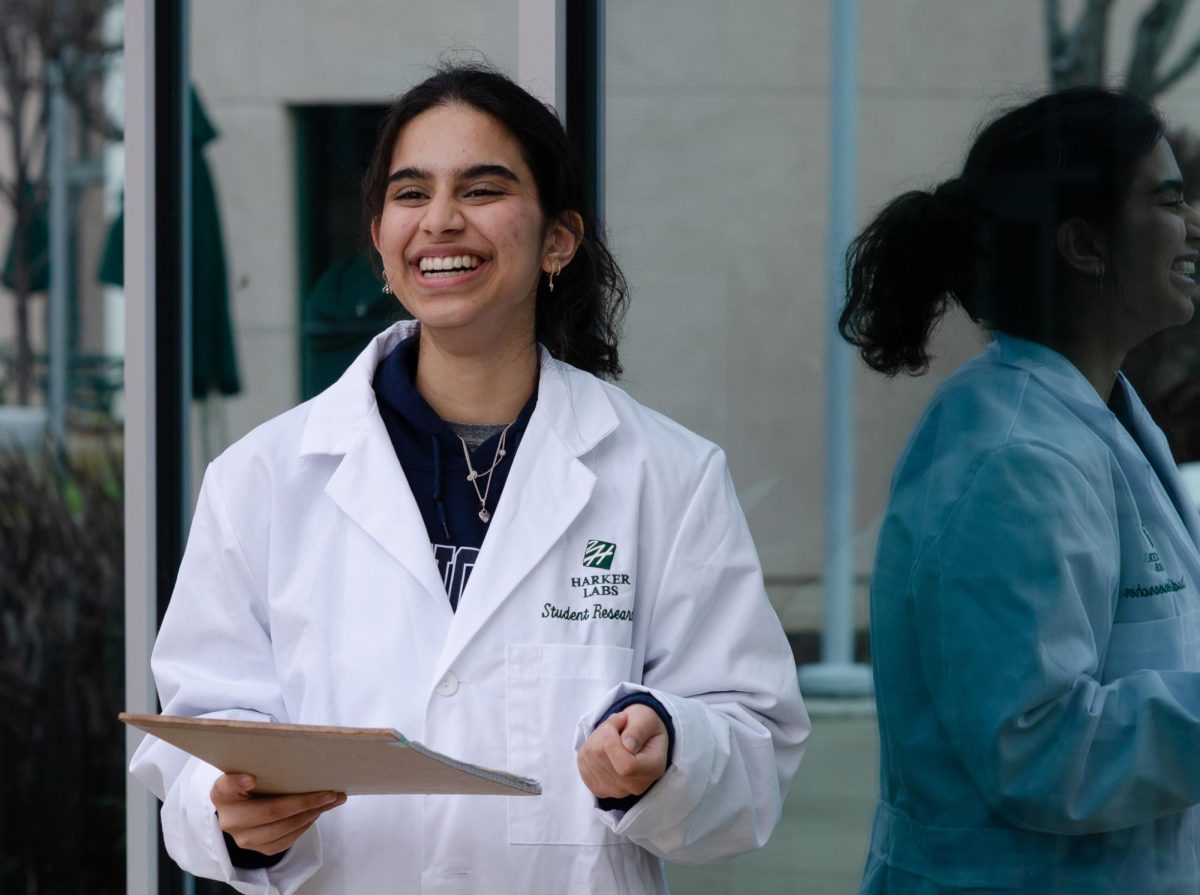
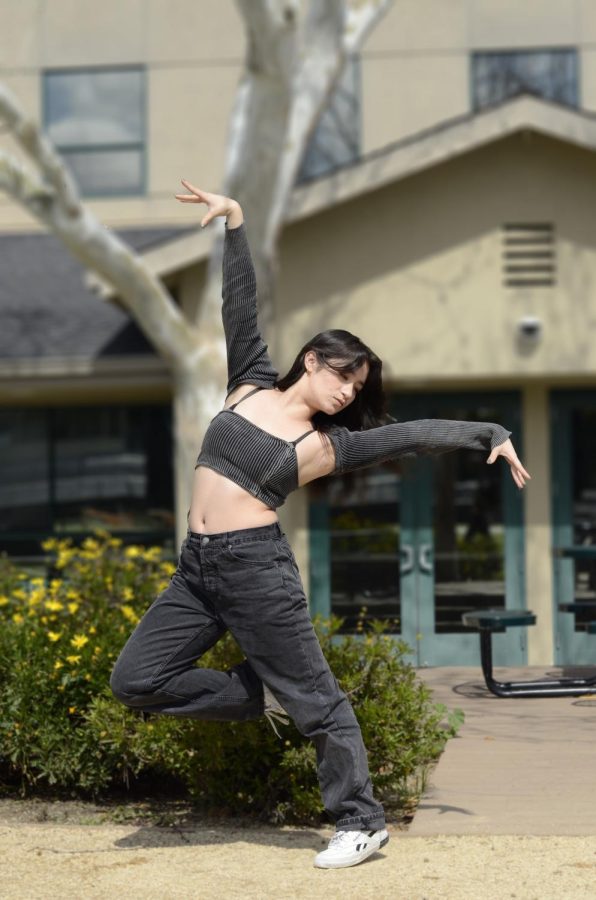
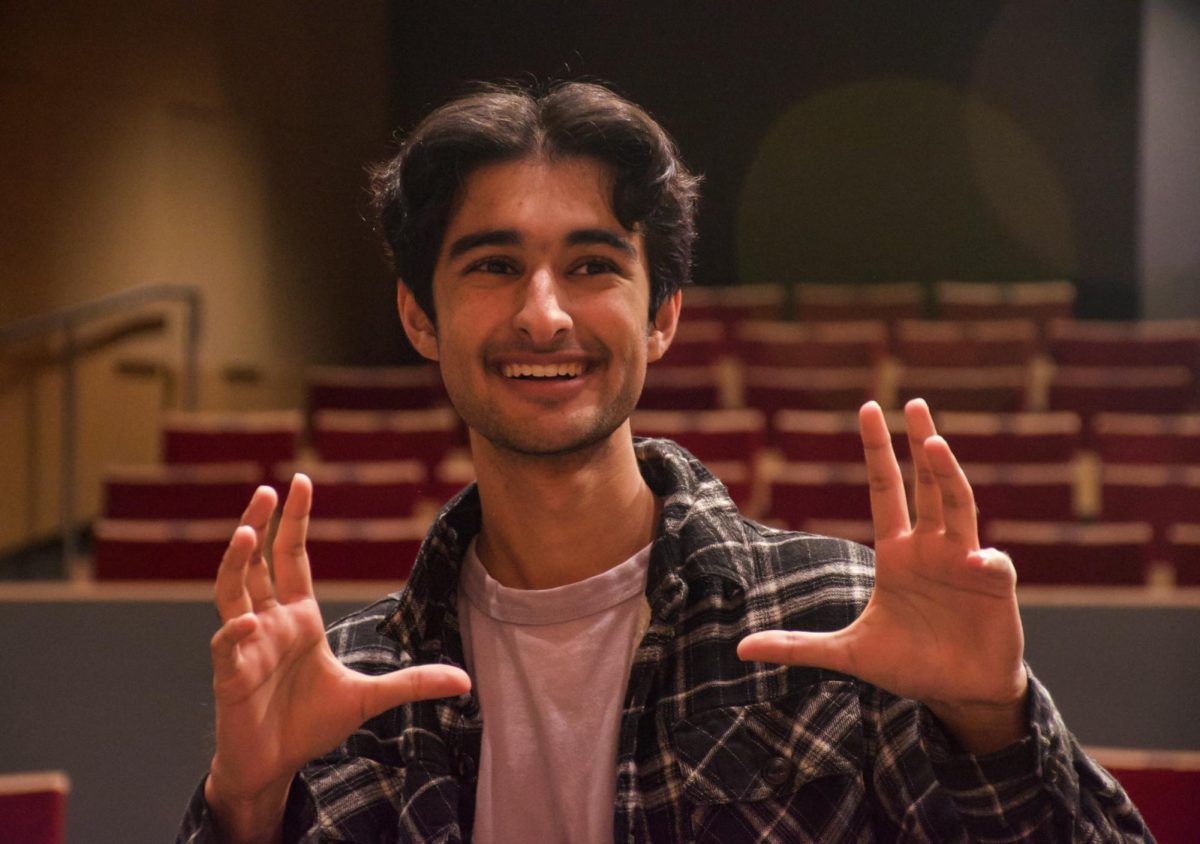
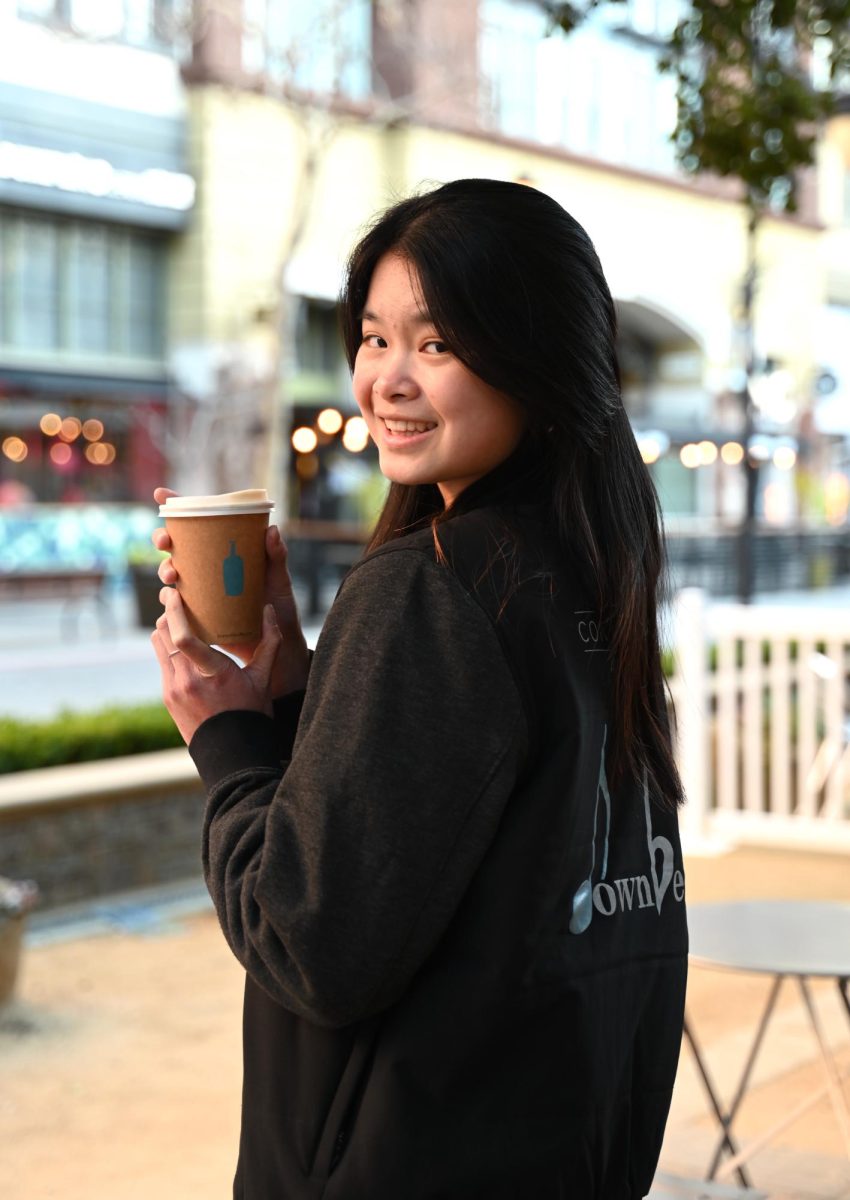
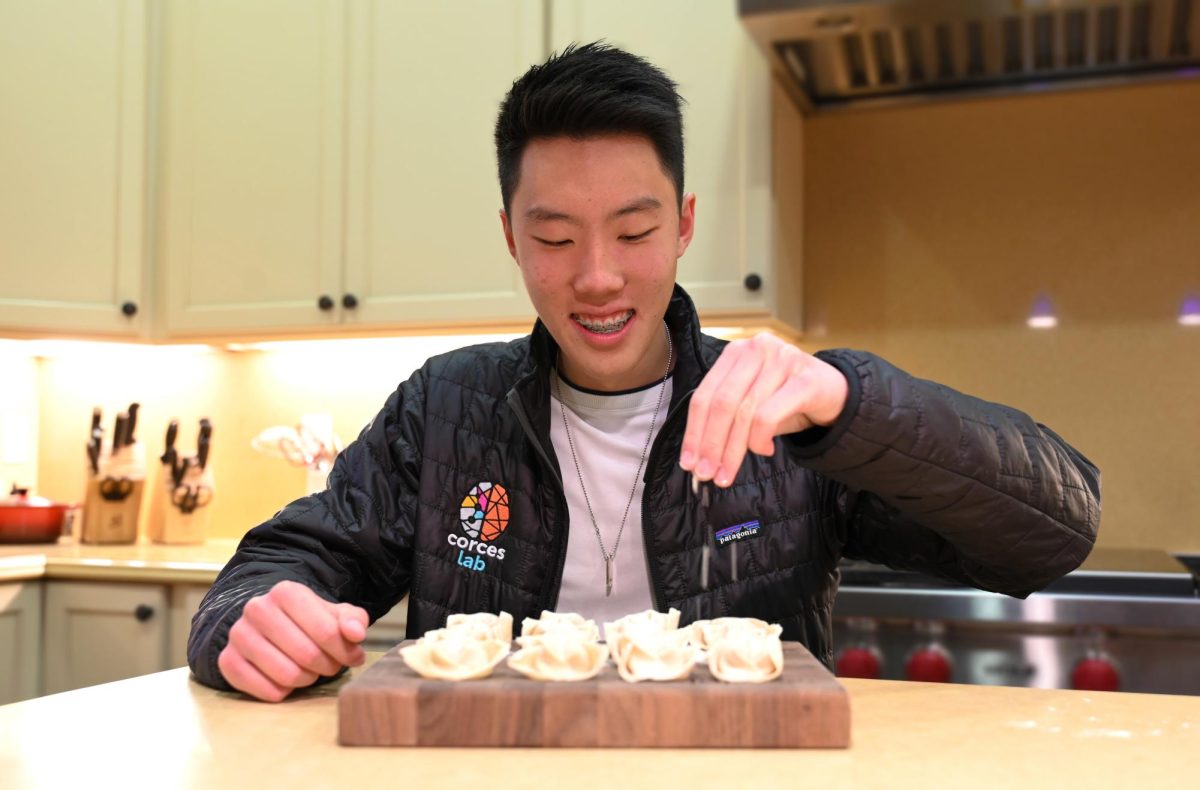
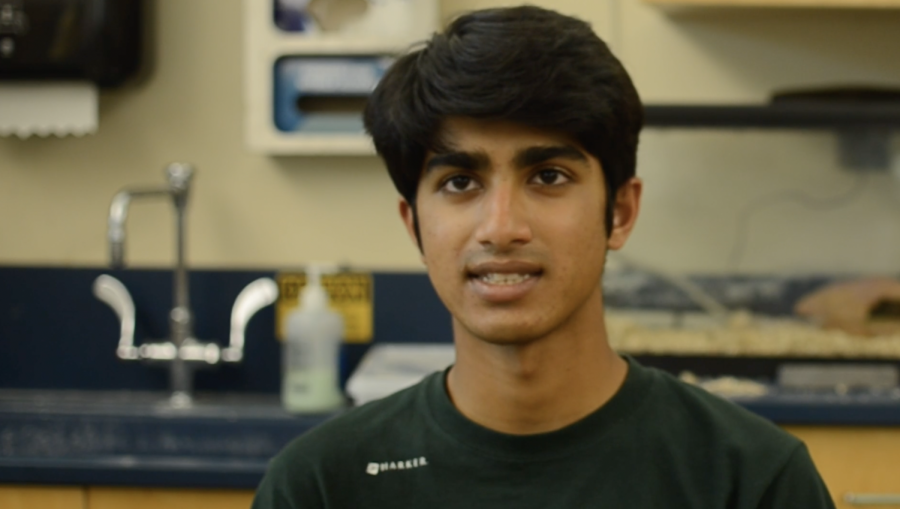
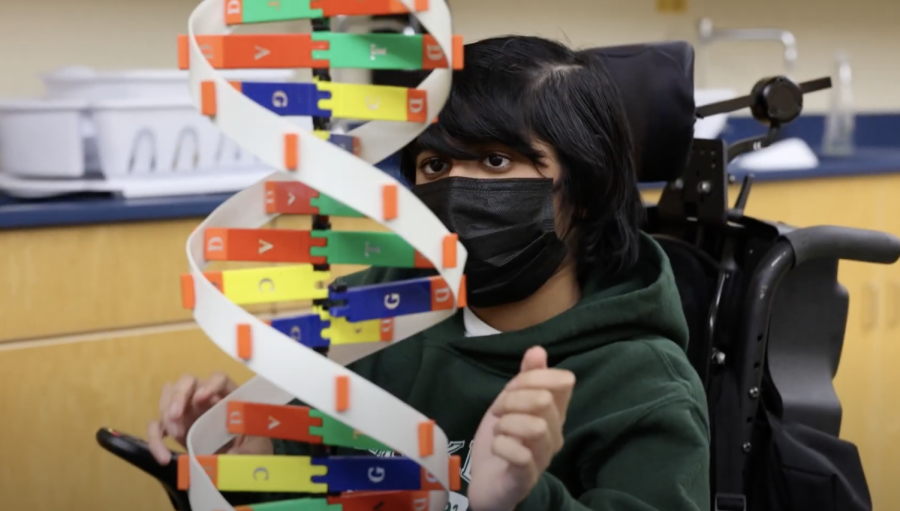
![“[Building nerf blasters] became this outlet of creativity for me that hasn't been matched by anything else. The process [of] making a build complete to your desire is such a painstakingly difficult process, but I've had to learn from [the skills needed from] soldering to proper painting. There's so many different options for everything, if you think about it, it exists. The best part is [that] if it doesn't exist, you can build it yourself," Ishaan Parate said.](https://harkeraquila.com/wp-content/uploads/2022/08/DSC_8149-900x604.jpg)

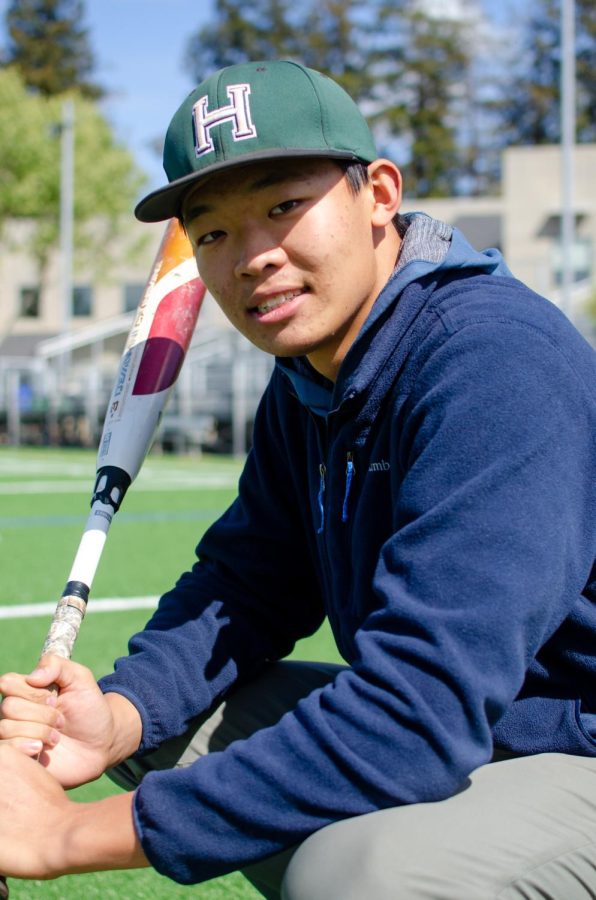
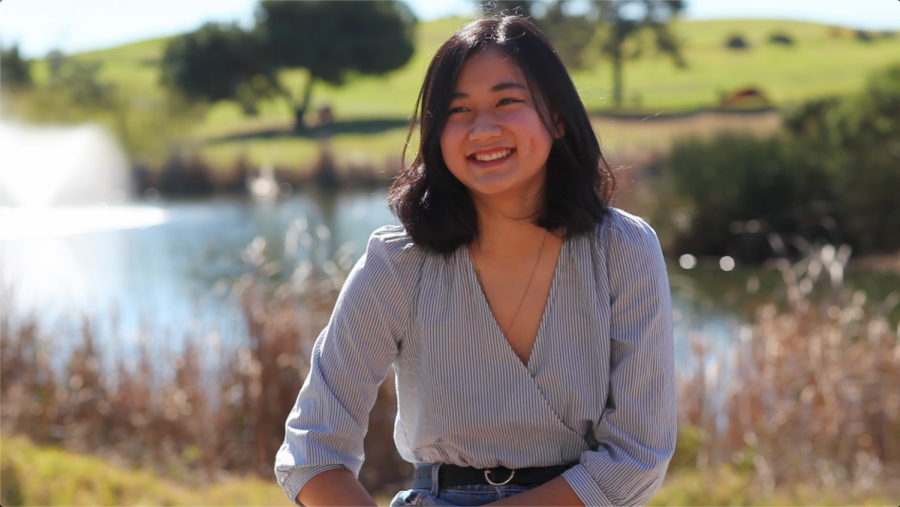
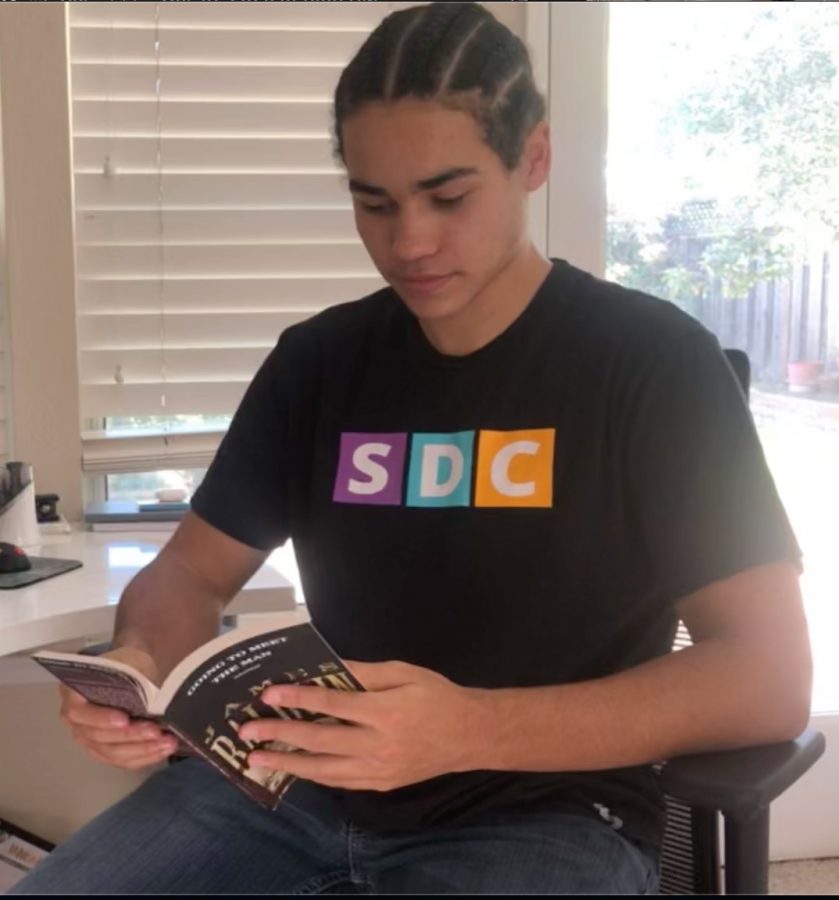
![“When I came into high school, I was ready to be a follower. But DECA was a game changer for me. It helped me overcome my fear of public speaking, and it's played such a major role in who I've become today. To be able to successfully lead a chapter of 150 students, an officer team and be one of the upperclassmen I once really admired is something I'm [really] proud of,” Anvitha Tummala ('21) said.](https://harkeraquila.com/wp-content/uploads/2021/07/Screen-Shot-2021-07-25-at-9.50.05-AM-900x594.png)
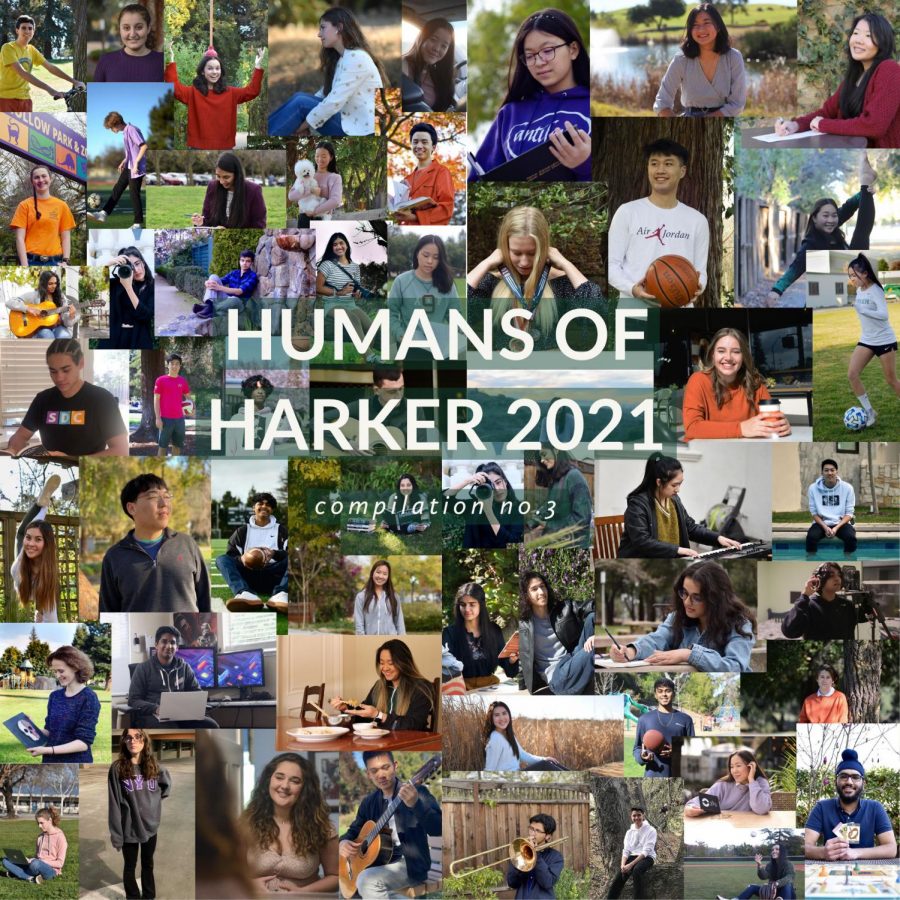
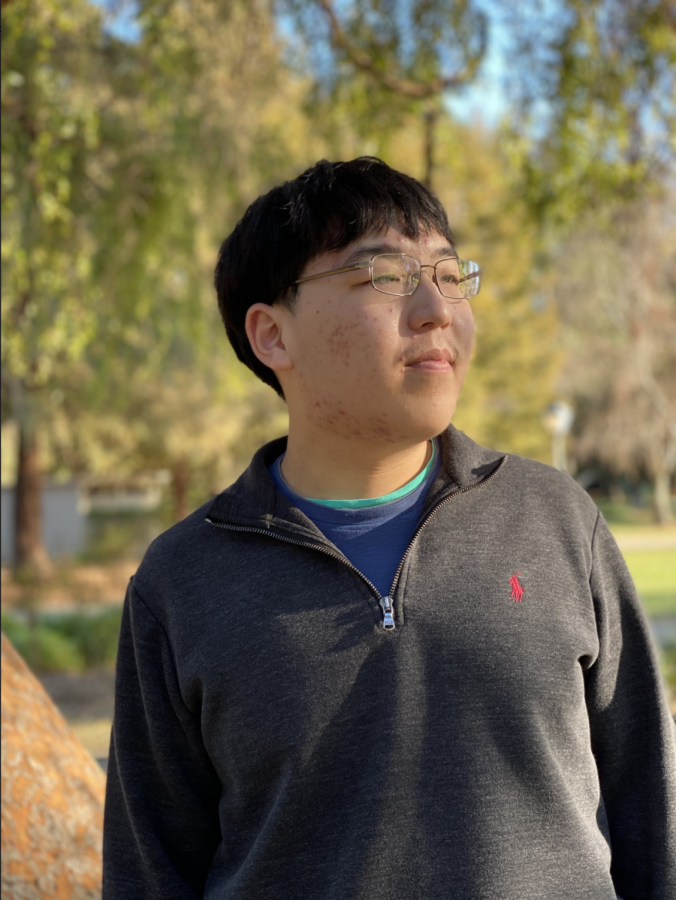
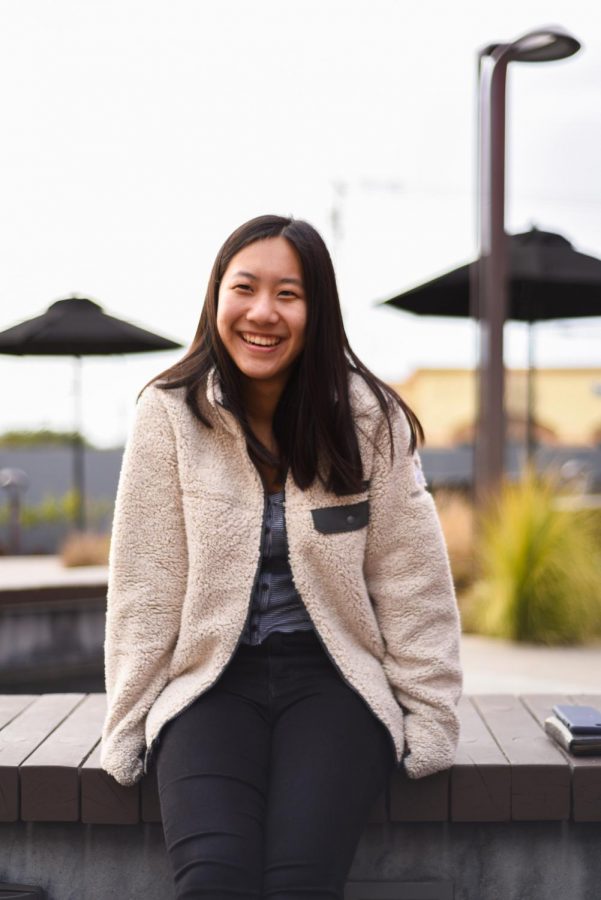
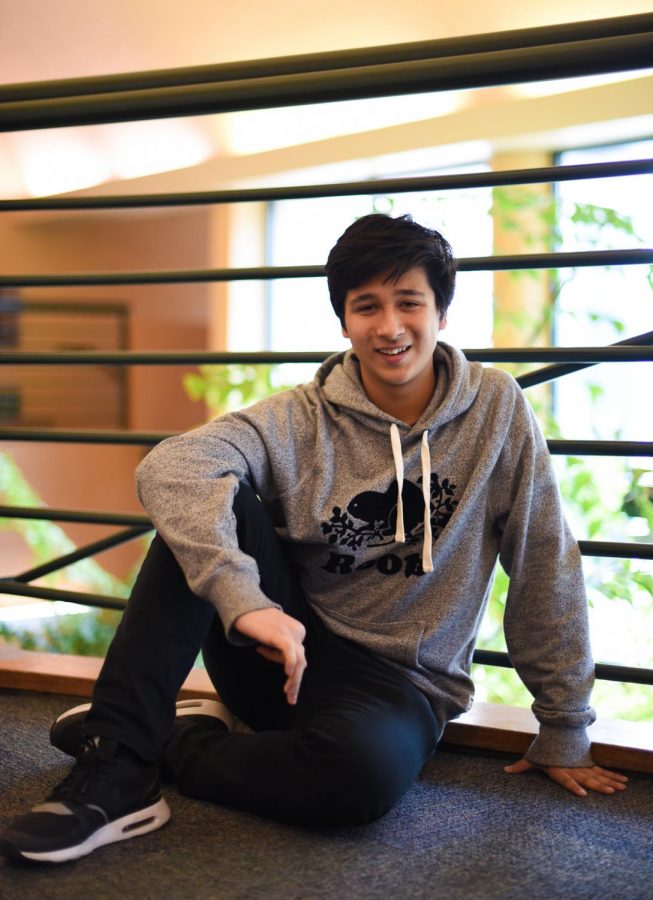
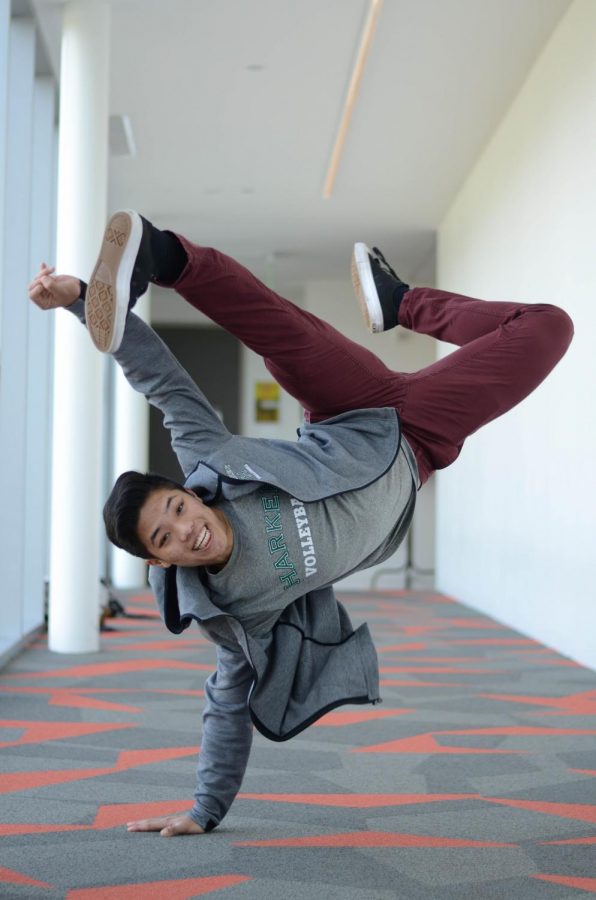
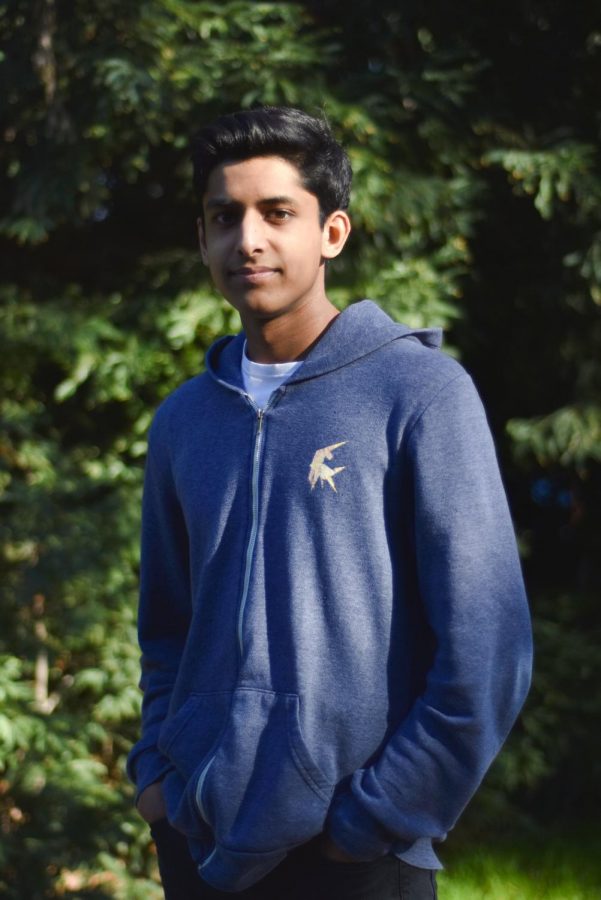
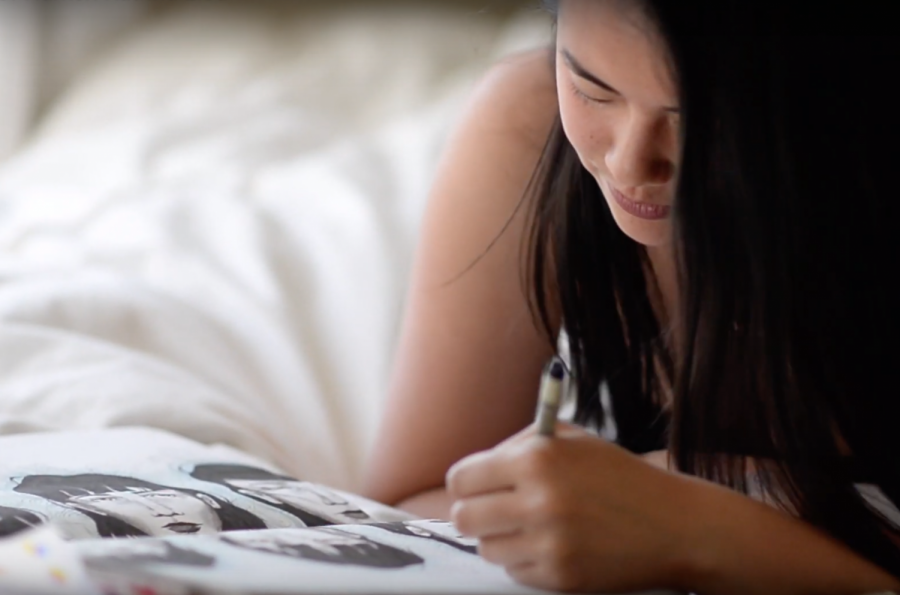
![“I think getting up in the morning and having a sense of purpose [is exciting]. I think without a certain amount of drive, life is kind of obsolete and mundane, and I think having that every single day is what makes each day unique and kind of makes life exciting,” Neymika Jain (12) said.](https://harkeraquila.com/wp-content/uploads/2017/06/Screen-Shot-2017-06-03-at-4.54.16-PM.png)
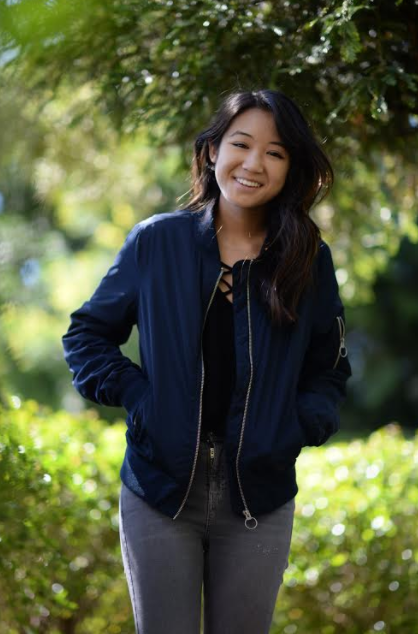
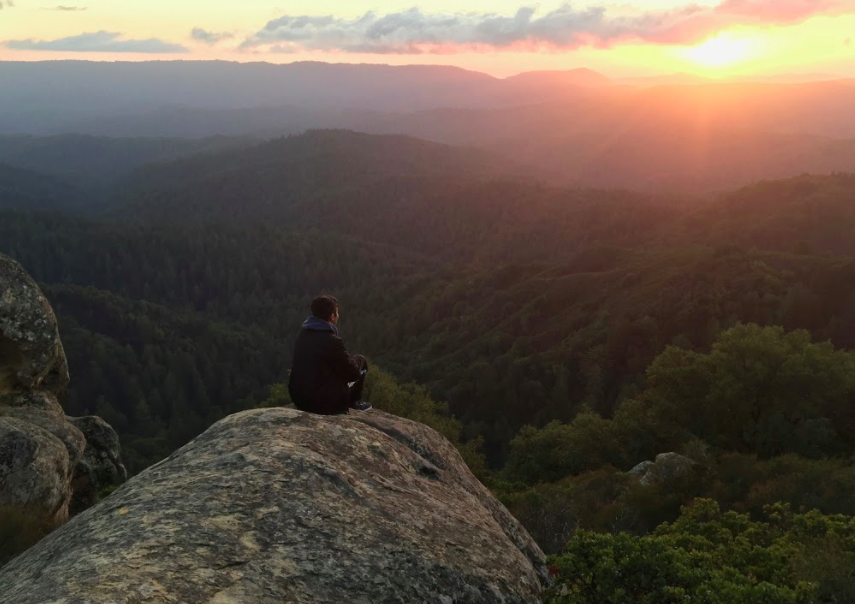

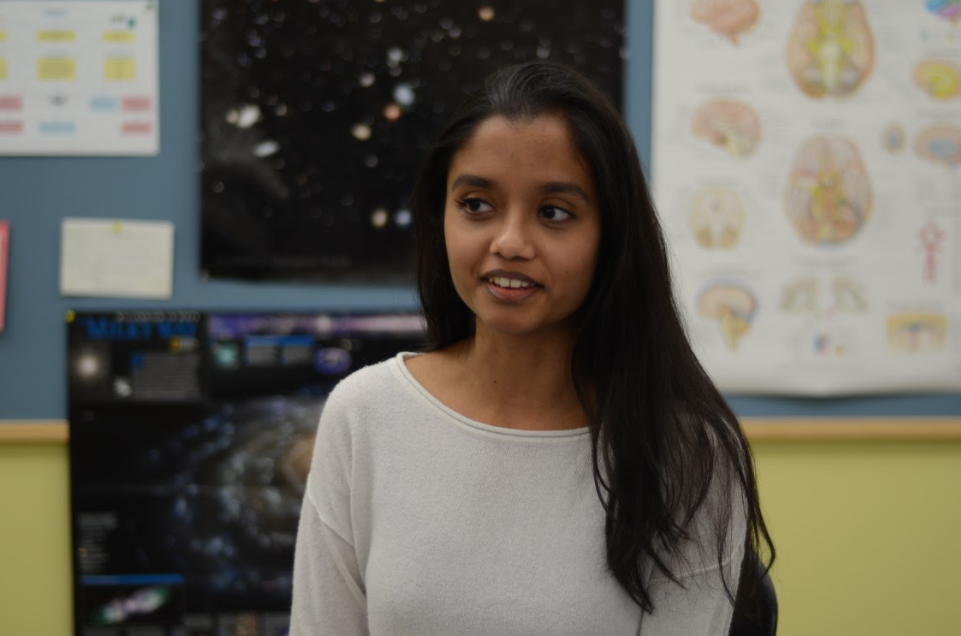
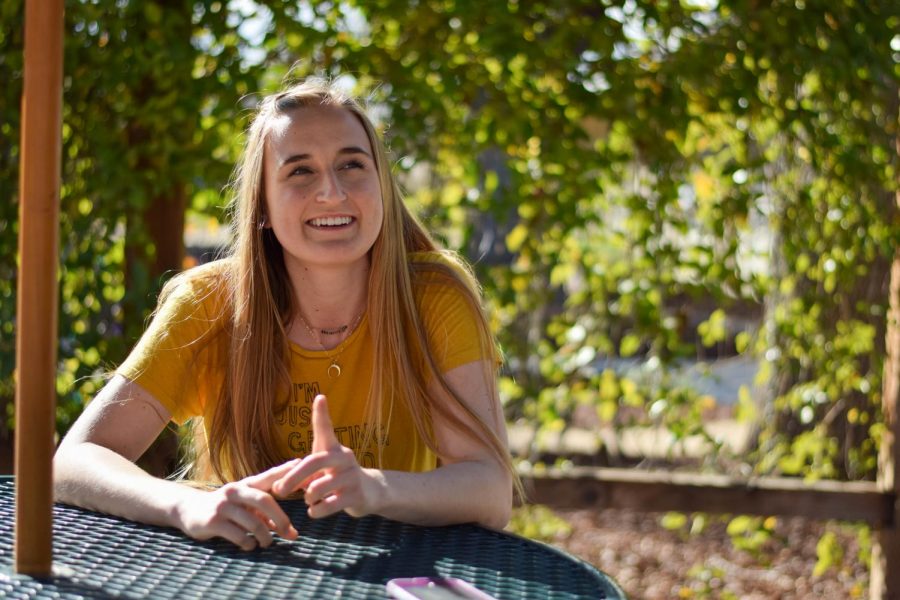
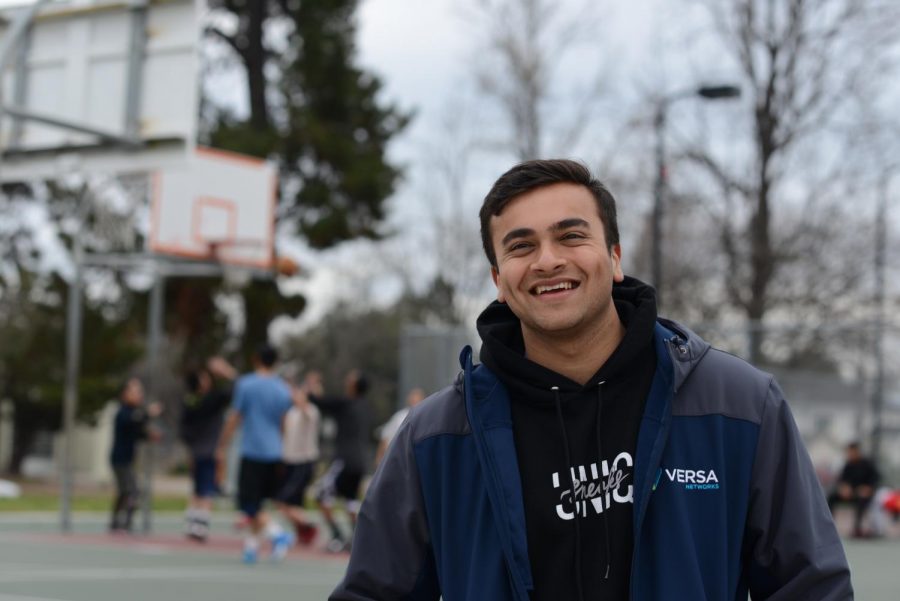
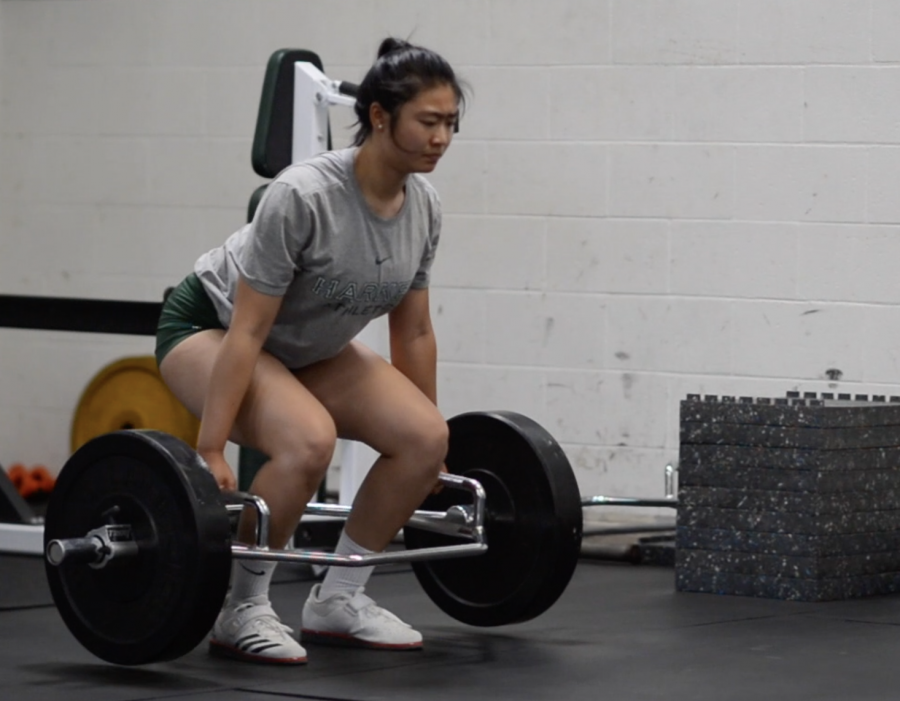
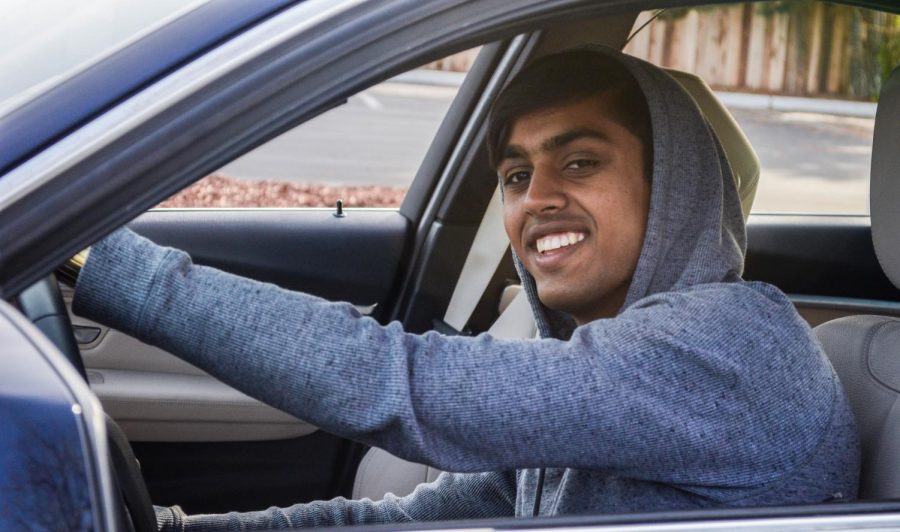
![“My slogan is ‘slow feet, don’t eat, and I’m hungry.’ You need to run fast to get where you are–you aren't going to get those championships if you aren't fast,” Angel Cervantes (12) said. “I want to do well in school on my tests and in track and win championships for my team. I live by that, [and] I can do that anywhere: in the classroom or on the field.”](https://harkeraquila.com/wp-content/uploads/2018/06/DSC5146-900x601.jpg)
![“[Volleyball has] taught me how to fall correctly, and another thing it taught is that you don’t have to be the best at something to be good at it. If you just hit the ball in a smart way, then it still scores points and you’re good at it. You could be a background player and still make a much bigger impact on the team than you would think,” Anya Gert (’20) said.](https://harkeraquila.com/wp-content/uploads/2020/06/AnnaGert_JinTuan_HoHPhotoEdited-600x900.jpeg)
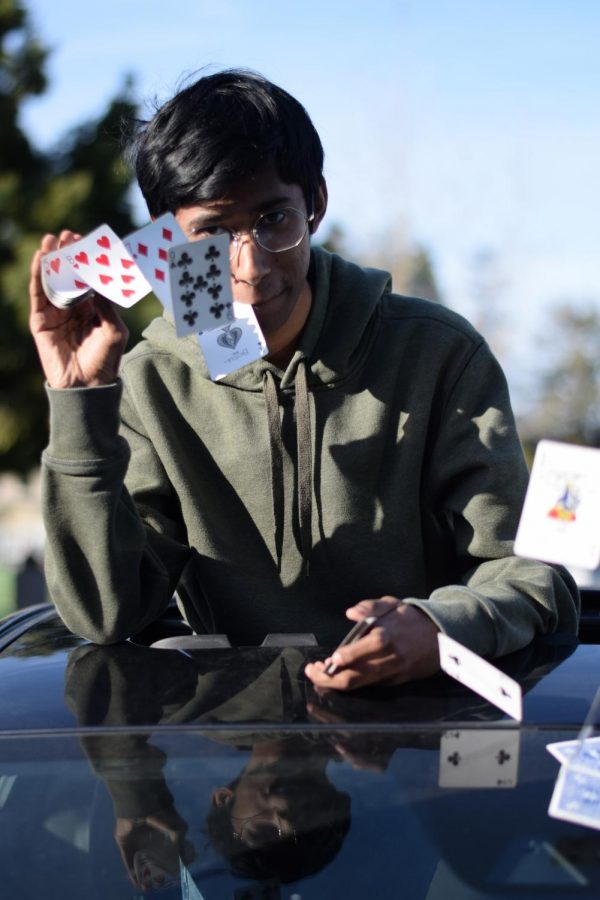
![“I'm not nearly there yet, but [my confidence has] definitely been getting better since I was pretty shy and timid coming into Harker my freshman year. I know that there's a lot of people that are really confident in what they do, and I really admire them. Everyone's so driven and that has really pushed me to kind of try to find my own place in high school and be more confident,” Alyssa Huang (’20) said.](https://harkeraquila.com/wp-content/uploads/2020/06/AlyssaHuang_EmilyChen_HoHPhoto-900x749.jpeg)
